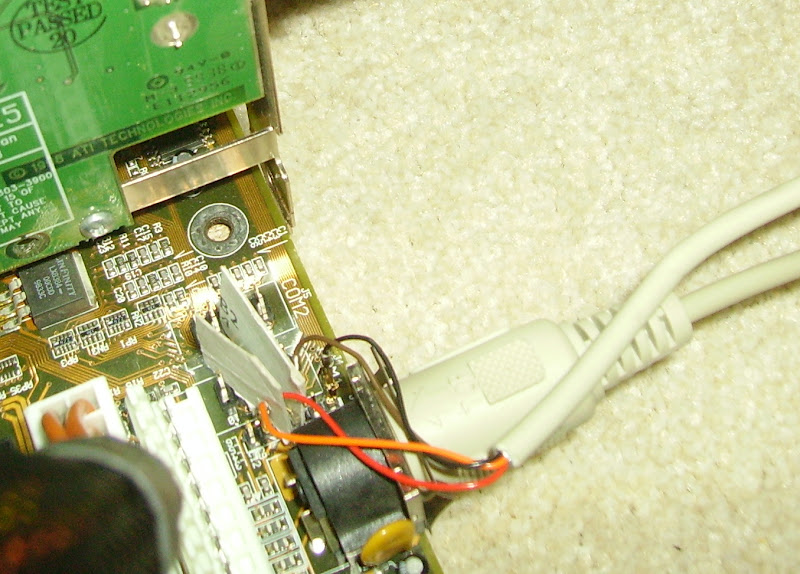Reply 40 of 79, by retro games 100
- Rank
- l33t
@TheMAN, on page 1 of this thread, Vogons user Keropi shows a PS/2 mobo pin header diagram for this motherboard. So, I understand what the 6 PS/2 mobo pin headers do on the mobo. For example, the PS/2 mobo pin header number 4 on the mobo is 5V, and pin header number 3 is ground. Etc, etc. So, for the set of 6 PS/2 mobo pin headers, I understand what their function is. My problem is that I do not understand what the cable does.
@h-a-l-9000, ah! I just spotted the tiny diagram on that webpage you mention. In the top left corner is the PS/2 round shaped socket. On this tiny diagram, the 6 socket holes are numbered 1 to 6. I didn't see that. Now, everything is beginning to make sense. I will begin my continuity testing again, and report back with hopefully the correct answers...


